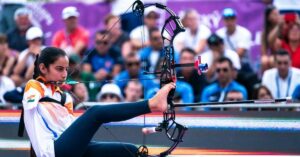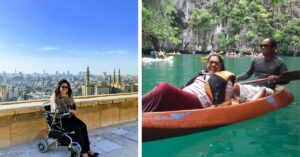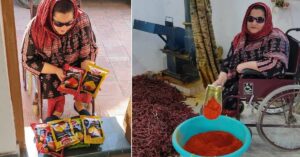This Indian Left His PhD in the US to Create the World’s First Prosthetic Legs Made of Cane
Arun Cherian's innovative cane prosthetic legs, Rise Legs, are helping the disabled walk, run and play.

Arun Cherian’s innovative cane prosthetic legs, Rise Legs, are helping the disabled walk, run and play.
The humble cane has been fashioned by human beings for all kinds of purposes over thousands of years – from chairs to baskets to walking sticks. By now people think they have made use of this grass in every which way possible, not leaving room for more innovation. So who would have thought that Arun Cherian, an advanced robotics engineer in biomechanical locomotion in the US, would suddenly stumble on to a stunning and complex new use for this seemingly ordinary material? Certainly not the man himself!
In the US, Arun was researching and developing cutting-edge mobility devices like wearable exoskeletal suits for US marines. He also worked on several bio-inspired designs for the disabled that were truly remarkable but were exorbitantly priced, some costing as much as Rs. 80 lakh. As a PhD scholar at Purdue University, Arun introspected about the true worth of these advanced innovations that were financially out of reach for so many people who needed them. While these thoughts were still playing at the back of his mind, he found himself, perchance, back in India for his sister’s wedding.
In his ancestral home in Kerala, Arun took notice of the humble cane furniture lying around. Strong enough to carry the weight of people and rugged enough to be handled without care, the cane furniture in his house had stood the test of time. The engineer in him who helped disabled people walk, probed: “If the cane can be bent into making sturdy furniture that can carry our weight, why can it not be used for walking?”
Arun ventured out to find a local cane artisan and asked: “Can you bend the cane into the shape of an inverted question mark?” “Yes,” came the answer. “Can it take a load of 80 kgs?” “Yes,” came the answer again.
That was it! Arun decided he would make prosthetic legs with cane. He was convinced that the cane would solve the riddle of affordability of prosthetics and give millions of disabled people a chance to be mobile.
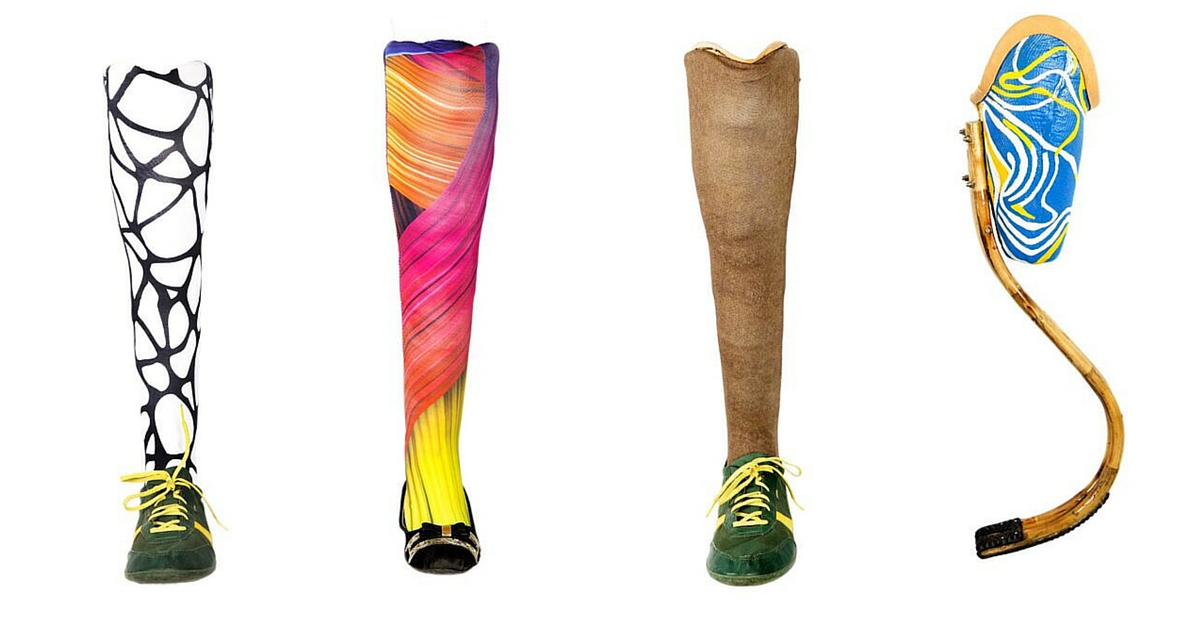
He went on to found Rise Legs, not worrying too much about leaving behind the PhD at Purdue. What was just meant to be a wedding visit, turned out to be a long term stay in India. He knew he was on to something really significant.
The inverted question mark shape, similar to the blades that Oscar Pistorious runs with, was the starting point. Arun’s aim was to design the legs taking inspiration from how nature designed human legs. “You can’t beat nature. But you can observe, study and break it down into mathematical principles and make inspired design,” says Arun. He did some research to figure out the right type of cane that could be used. He designed the prosthetics in such a way that they utilised the cane’s spring-like flexibility, its stiffness and its weight bearing capabilities. Cane has the ability to store and release energy too, which his tapered design leveraged efficiently. Arun then tested the structural integrity of the prototype at the Department of Aerospace at the Indian Institute of Science, and did the clinical trials at St. John’s Hospital, both in Bangalore.
The first user of Arun’s cane legs was 21-year-old Madhusudhan, who was dependent on crutches since the age of 13 after he lost his legs in a train accident. At the clinical trial, Madhusudhan was able to let go of his crutches and walk freely. Within three days of using Rise Legs, Madhusudhan could kick a soccer ball. Parveen, a dancer who lost her legs and was using a walker to move around, now wears Rise Legs and is back at her dance classes. Arun custom made a prosthetic for Prajwal Ranjith, a bodybuilder and a running enthusiast, who had lost his left leg in a bike accident. Prajwal wanted a creatively designed art cover for his leg which Arun custom made for him.
Prajwal now happily flaunts his leg, without trying to cover it up, and says his limbs are an expression of himself.

When asked how receptive people are about wearing prosthetics made of cane, Arun says, “They initially have fears about the strength of the cane. When I tell them that the legs can take three times their body weight, they do not grasp what I am saying. Then I give them the equipment and ask them to try and break it. Whatever they do, it just does not break. This experience gives them the confidence.”
“These legs are considerably lighter than the Jaipur foot. The lightness makes it easier to move – so much so that they can walk, run and play. It was heartening to see how people who were unable to walk are now playing sports. These are not the ultimate prosthetic legs, but they are a great start to help people freely move. From here, they can move on to better prosthetics. But Rise Legs, in its own form, is nothing less than world-class,” says a very satisfied Arun.
Rise Legs is now a Consultant to the International Committee of the Red Cross (Geneva) and Arun has received a fellowship from the Massachusetts Institute of Technology (MIT) to scale Rise Legs. Arun also just designed India’s first cane sports-wheelchair for basketball players. Rise Legs is preparing to take a team to participate in Cyblathon, a race for amputees to be held in Zurich this October.
Rohan Mathew, Director of Programmes at Rise Legs, says, “We are building a community and support system that helps amputees take on challenges they only dream about.”
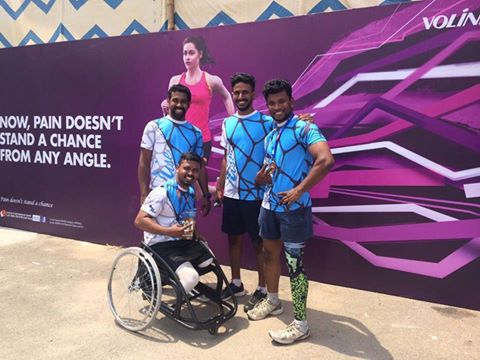
Rise Legs provides prosthetics starting at Rs. 10,000. The cost can be reduced by removing the cosmetic elements for people who cannot afford them. Each prosthetic leg is handcrafted by cane artisans, who are proud of what they are making. Arun also wants to employ the Adivasi community to grow the cane for Rise Leg’s requirements.
“In just one and a half years, Rise Legs has designed, developed and helped over 50 people to walk free, and beyond that it has helped them aspire and realise their dreams,” says Arun, with zero regrets that he stayed back in India and opted out of his PhD.
You can write to Arun Cherian at: [email protected]
Like this story? Have something to share? Email: [email protected], or join us on Facebook and Twitter (@thebetterindia). To get positive news on WhatsApp, just send ‘Start’ to 090 2900 3600 via WhatsApp.
This story made me
- 97
- 121
- 89
- 167
Tell Us More
We bring stories straight from the heart of India, to inspire millions and create a wave of impact. Our positive movement is growing bigger everyday, and we would love for you to join it.
Please contribute whatever you can, every little penny helps our team in bringing you more stories that support dreams and spread hope.






